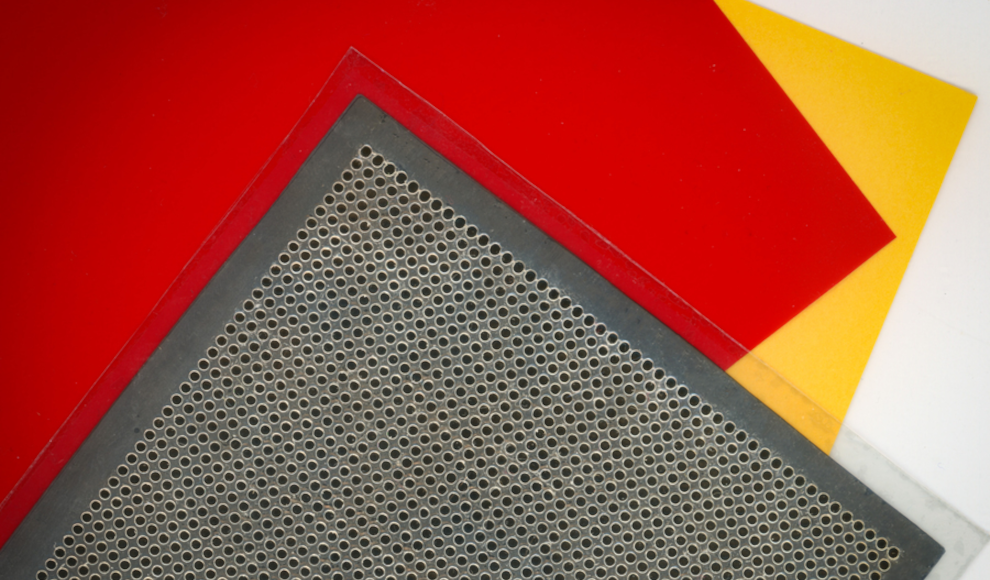A new sound film can turn almost any surface into a speaker, making it ideal for use in noise-canceling systems on airplanes. Scientists at the Massachusetts Institute of Technology (MIT) have developed a thin and flexible sound film that can transform almost any surface into a speaker. The prototype is about the size of a notepad, only one-tenth of a millimeter thick, and weighs only two grams. According to the developers, the sound quality is not as good as that of hi-fi speakers due to the lack of bass, but it is already as good as that of conventional smartphones.
The speaker looks like a slim sheet of paper and can be used almost anywhere with electrical contacts. At a frequency of one kilohertz and voltage pulses of 25 volts, the sound film reaches a volume of 66 decibels. At ten kilohertz, the speaker film reaches a sound level of 86 decibels, which is equivalent to that of a normal street. The new technology is very energy-efficient compared to conventional speakers, with a power consumption of only 100 milliwatts per square meter of sound film.
The scientists used a laser to precisely cut the individual film layers and applied a thin layer of piezoelectric polyvinylidene fluoride (PVDF) to a polyethylene terephthalate film (PET) using lithographic methods. The PVDF layer reacts to electrical impulses with mechanical movements that are transmitted to the surrounding air, creating audible sound waves. To precisely control sound generation, the researchers perforated the film with tiny micropores through which the piezoelectric plastic can expand into 15-micrometer-high domes. Each dome is a separate sound source that can be individually controlled. The multilayer structure allows for the use of almost any surface, which does not affect the sound.
The potential applications for this technology are almost limitless, according to Vladimir Bulovi?, the head of the Nanostructured Electronics Laboratory. It could be used in flexible fabrics that can be transformed into speakers using the sound film. It could also be used to generate counter-sound, such as in a noise-canceling system on an airplane. The electrical contacts can also be made of transparent indium tin oxide instead of silver, making transparent sound films possible. The sound level and frequency range can also be easily modified by adjusting the size and number of sound domes.










